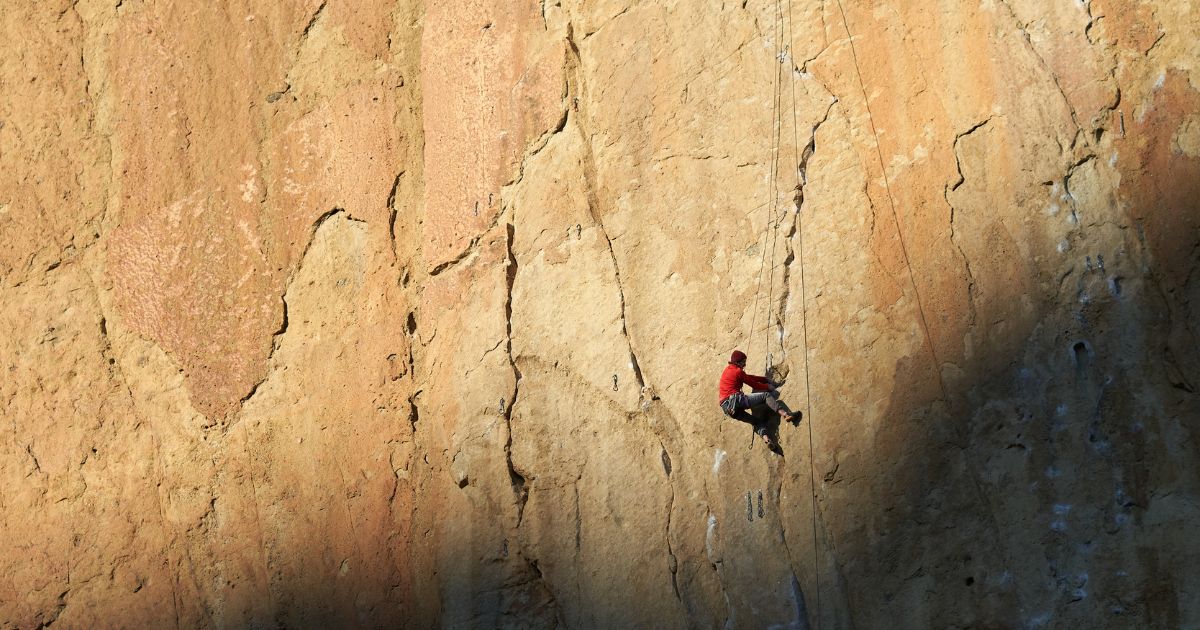Table of Contents
Breaking Conventional Rules in Climbing to realize your potential
Setting off on a climbing adventure is like navigating a world of unwavering guidelines and standards that direct each ascent. However, there is a world where disobeying the norm opens the door to untapped potential concealed behind the strict climbing philosophies. We’re going to look at another aspect of climbing in this post, one that promotes defying norms. Although most of the time regulations are beneficial to us, there is a freeing 20% of the time when they can be bent or broken to create new opportunities.
Rule 1: Don’t leave your feet off
Climbers have it ingrained in their minds to always keep their feet on. It makes sense—your feet stabilize you by removing some of the weight off your wrists. But there are times when it makes strategic sense to cut feet rather than merely be tactful.
When to Trim Your Feet
Energy Effectiveness: Cutting feet can help conserve energy, particularly if it eliminates uncomfortable foot positions or shortens reach movements. Reducing the total amount of time spent under stress is crucial.
Extended Range Motions: If there’s a motion that requires so much tension to keep feet on, cutting them might be a more sensible and energy-efficient option.
Rule 2: Arms Straight at All Times
The value of arm alignment is a common theme in the climbing gospel. It’s a basic idea and energy-efficient. Let’s examine the exceptions, though.
Bent Arms: When to Use Them
Gaston techniques: For optimal leverage, some techniques, such as gastons, require bent arms. The benefit of leveraging the hold justifies the trade-off in energy consumption.
Dynamic exercises: When performing dynamic exercises, bending your arms as you approach the target hold helps you distribute force more uniformly and spares particular muscle groups from tension.
Rule 3: Hand and Foot Opposite
Climbing mirrors human contralateral action, using the opposing hand and foot. There are circumstances, nonetheless, in which disobeying this guideline can be advantageous.
When to Not Use Your Opposite Foot and Hand
Back Flag Technique: In cases where it is impractical to shift your hands and feet in the other direction, using the back flag technique can be helpful. In situations where footing options are restricted, this technique facilitates innovative solutions.
The same side for unwinding: Going up a steep part? It can save more energy to hang your hands and feet from the same side, which can help you de-stress and minimize tension.
Accepting Exceptionality and Complexity
Rules are not absolutes: they are guidelines. There are exceptions, which makes climbing more difficult. Recall that disobeying the law is a creative and expressive way to express yourself, not a sign of resistance.
In summary
Upon wrapping up our exploration of unexplored climbing methodology, we hope to impart to you the idea that rules, although useful guidelines, do not define the bounds of possibility. Climbers use the 20% of climbing where rules are bent or broken as a canvas to tell their stories. So go out there, defy convention, and let your ascent become a unique work of art that reflects your creativity, exceptionalism, and self-discovery.
Related Posts










Discussion about this post